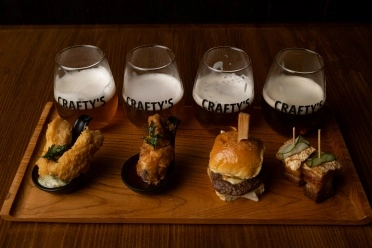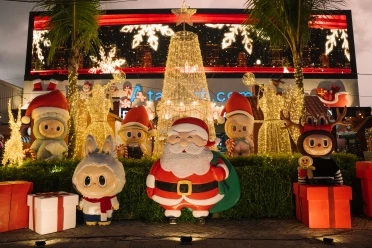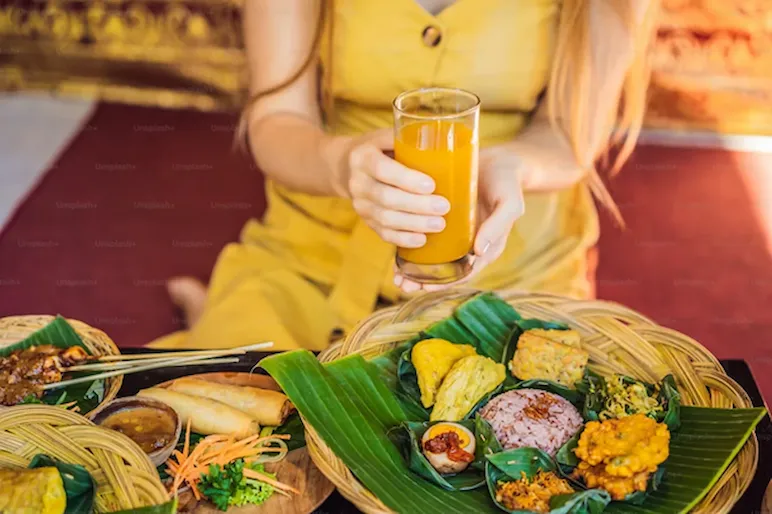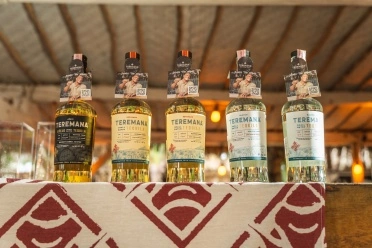As a timeless destination renowned for its captivating culture and traditions, Bali enchants both locals and visitors with its vibrant ceremonies and unique customs. Among these is Siat Yeh, a lively water war tradition in Suwat Village, Gianyar Regency. While it may evoke comparisons to Thailand’s famous 'Songkran' festival, this distinctly Balinese celebration intertwines spirituality, joy, and community spirit, offering a meaningful ritual of purification and renewal. Let’s explore this fascinating tradition in detail!
While it may evoke comparisons to Thailand’s famous 'Songkran' festival, this distinctly Balinese celebration intertwines spirituality, joy, and community spirit
Reviving an Ancient Tradition
Siat Yeh was once at risk of fading away due to the rapid development of modern times. However, the people of Suwat Village, recognizing the value of preserving this cultural heritage, have worked together to revive the tradition. Today, Siat Yeh is celebrated with great enthusiasm, and the community is dedicated to ensuring that this unique tradition is passed down through future generations.
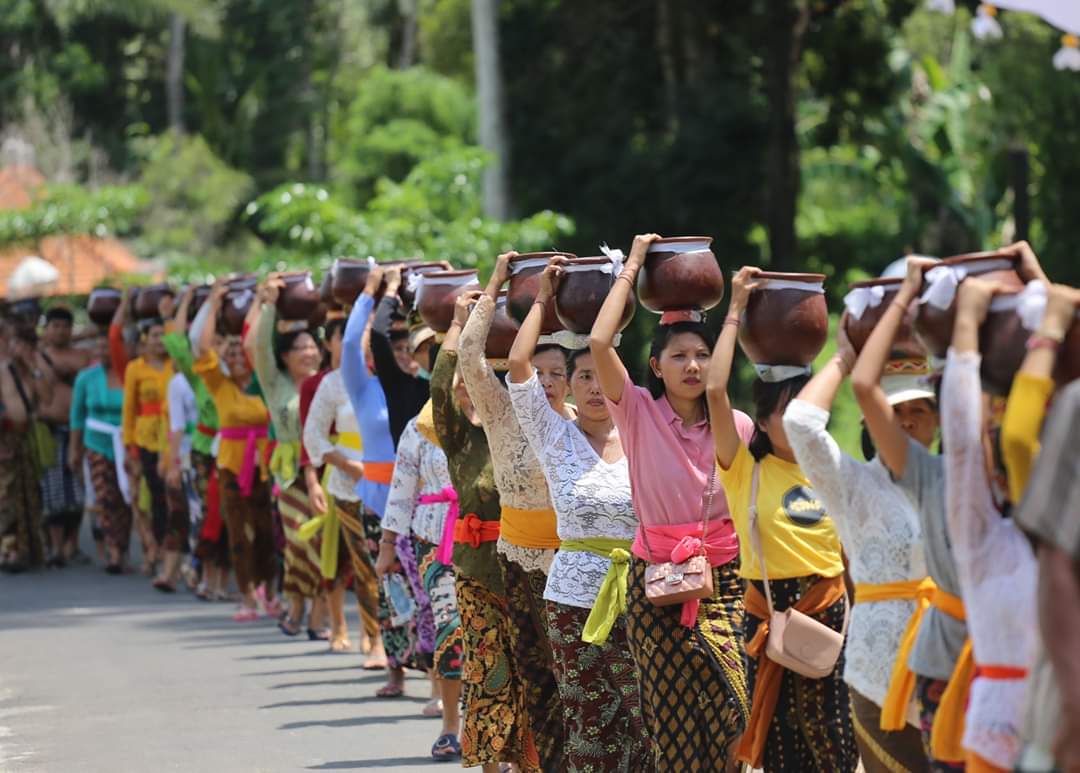
The ceremony begins with the sacred collection of holy water from two locations: the eastern beaches of Suwung and the western shores of Jimbaran. Water is gathered in five urns from each location, symbolizing the colors of the region – yellow from the west and white from the east. This water is then transported to the temple, where it undergoes a purification process before being used in the water battle.
The Root
The practice of Siat Yeh is deeply embedded in Balinese Hindu philosophy, which places a strong emphasis on the spiritual importance of water. In Bali, water is considered a sacred element, a symbol of purity, and a vital force that connects the physical world with the divine. Siat Yeh, with its playful water battle, is a modern interpretation of this ancient concept. It represents not only the cleansing of the individual but also the environment, creating a harmonious balance between humanity and nature.
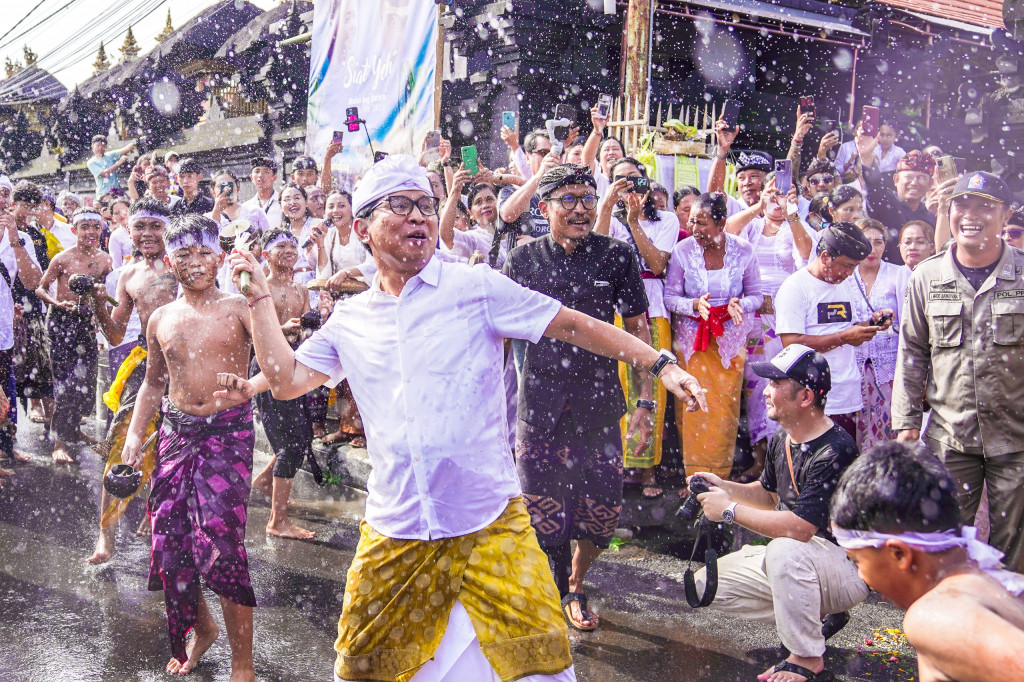
Siat Yeh typically coincides with significant events in the Balinese calendar, such as the Hindu Saka New Year and the Gregorian New Year on January 1st. The festival was first introduced in 2014 as part of the Suwat Water Festival, with the dual purpose of preserving this cherished tradition and attracting visitors to Suwat Village, known for its picturesque landscapes of lush rice terraces and verdant hills.
The Rituals
The festivities of Siat Yeh begin with a sacred procession, where villagers journey to the Beji Temple at Tukad Melangge River to collect tirta – holy water. This water, considered spiritually potent, is then carried to the Melanting Temple in Suwat Village, where it is blessed by local priests before being mixed with water for the ceremonial water fight. This ritual is an important part of the festival, as it ensures that the water used in the Siat Yeh battle is spiritually pure and aligned with the divine.
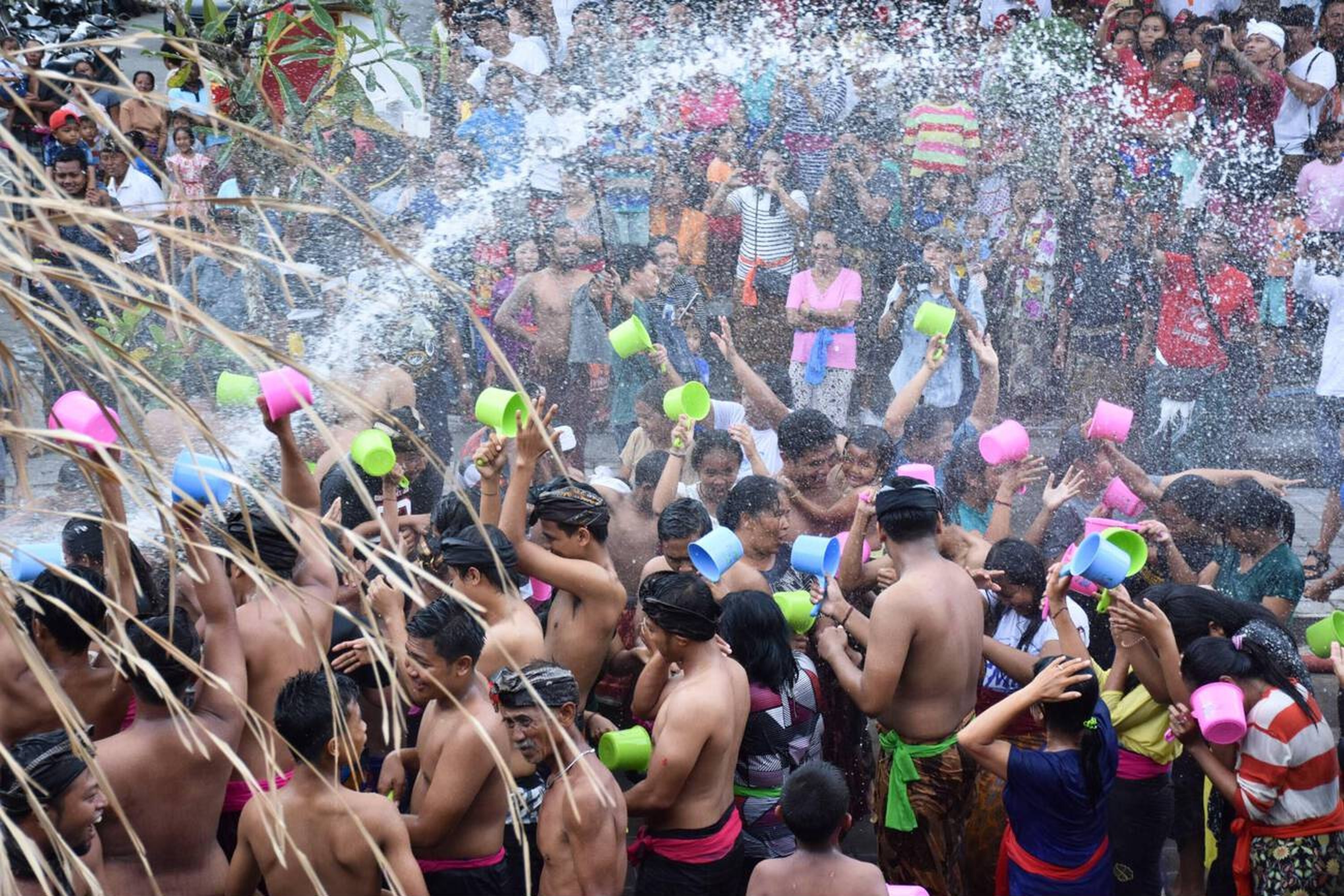
Before the water war begins, villagers gather at the temple to offer prayers, seeking blessings and protection for the year ahead. The air is filled with a sense of reverence and anticipation, as participants come together to honor the sacredness of the event. The ceremony officially kicks off when village leaders, including the head of Suwat Village and the four Klian Adat (traditional village leaders), splash water on one another, symbolizing the start of the water battle. This moment of unity between the village leaders marks the beginning of a fun yet meaningful ritual that involves the entire community.
Armed with buckets and colorful water dippers, participants engage in an exuberant water fight that turns the village square into a lively, joy-filled battleground. The aim is not to “defeat” anyone, but to symbolically wash away the negative energies of the past year and embrace the renewal that comes with the new year. Laughter and cheerful shouts fill the air as villagers, young and old, splash water on each other, creating an atmosphere of joy and togetherness. The excitement builds as participants run back and forth to refill their buckets, ensuring the water battle continues until all the water has been used up. It’s a celebration of life, laughter, and community spirit – a reminder that, just like the water, life flows in cycles of renewal.
The Spirit
What sets Siat Yeh apart from other water festivals around the world is its intimate, community-focused setting. Unlike large-scale urban festivals, which can often feel commercialized and disconnected from local culture, Siat Yeh takes place in the peaceful village of Suwat, providing visitors with an authentic and immersive cultural experience. The village, surrounded by lush greenery and terraced rice fields, offers the perfect backdrop for this celebration, where tradition and nature come together in harmony.
The festival’s connection to nature is evident throughout, with the water-filled fields serving as both the venue for the games and the source of the sacred water used in the ritual. The physical space of Suwat Village, with its terraced rice paddies and natural beauty, enhances the spiritual significance of Siat Yeh, creating a deep sense of connection to both the land and the traditions that have been passed down through generations.
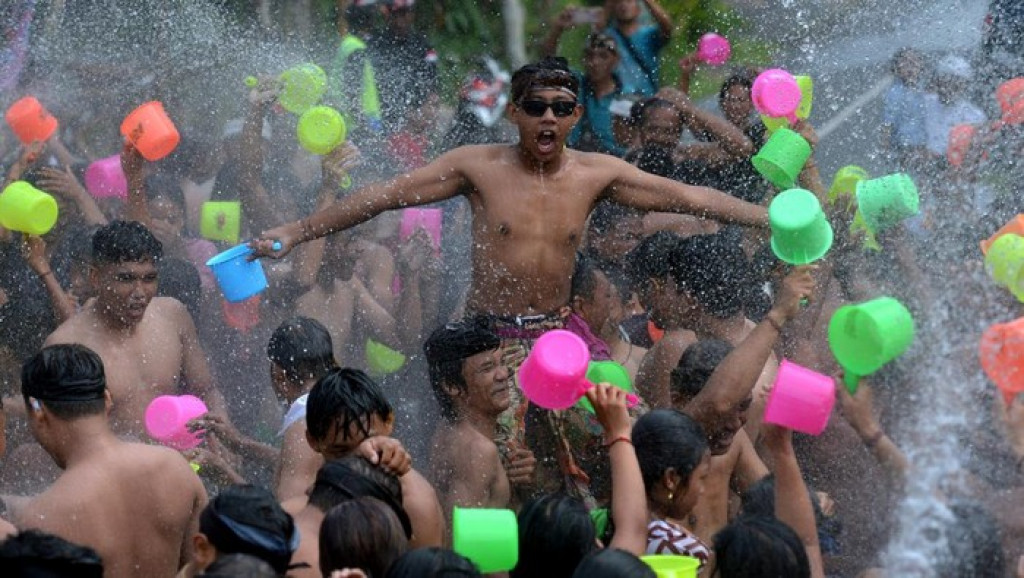
At its core, Siat Yeh is a celebration of Bali’s enduring values of harmony, purity, and renewal. It is a reminder that, just as water cleanses the body and the environment, so too does it cleanse the spirit, washing away past negativity and preparing the way for a fresh start. The festival also highlights the importance of community and unity, as villagers come together in a shared experience of joy, laughter, and mutual respect.
In an era where rapid modernization sometimes threatens the survival of cultural traditions, Siat Yeh shines as a testament to the resilience of Bali’s rich cultural heritage. Through this vibrant water festival, the people of Bali reaffirm their commitment to honoring their traditions, preserving the past, and embracing the future with renewed energy and refreshed joy.



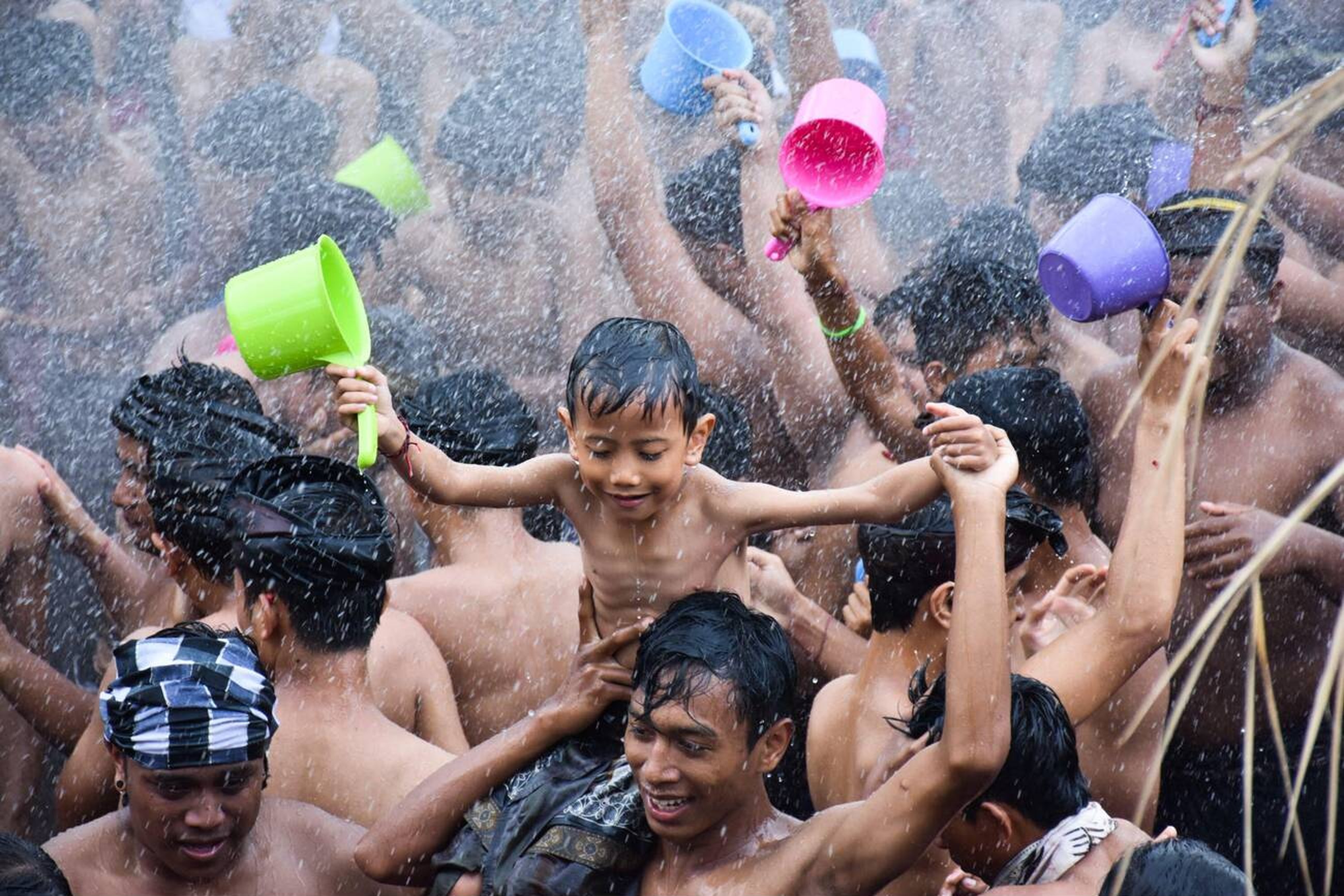
 Billy Bagus
Billy Bagus
 Jan 06, 2025
Jan 06, 2025


